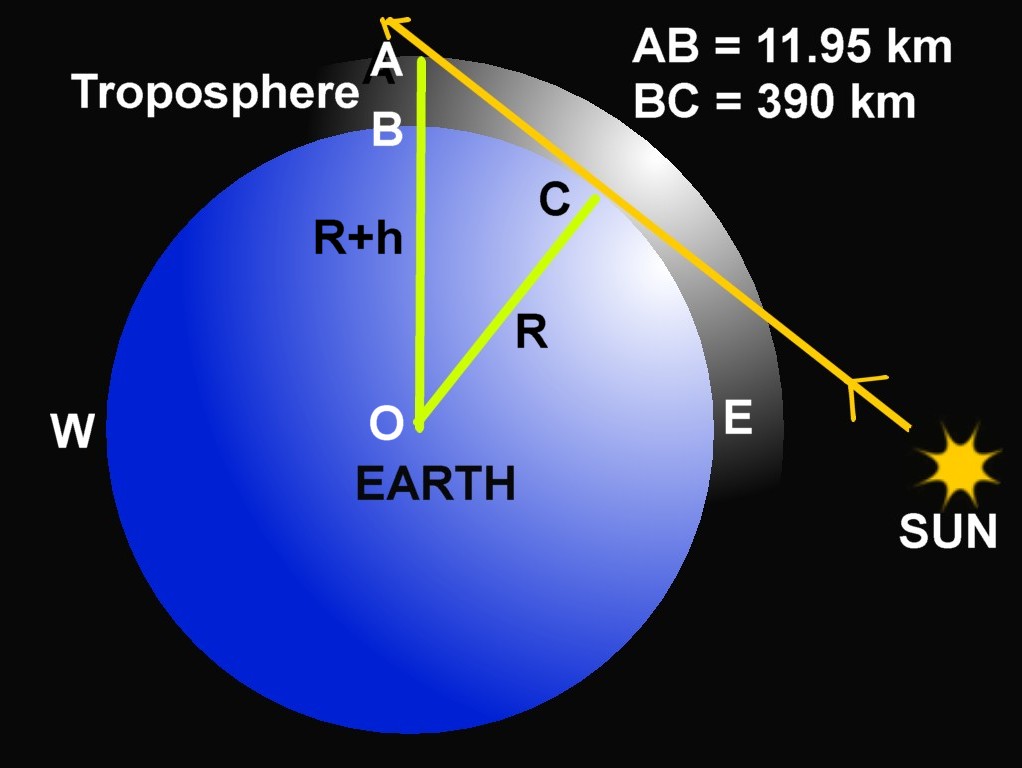A remarkable Sanskrit term, सत्य (satya):
This short depthful term has its origin in the Veda mantras, has been emphasized in Mundak Upanishad (3/1/6) and is commonly used in all Sanskrit based languages. The meaning of the term "satya" (सत्य)
is "truth". The grammatical analysis reveals its beauty and dimensions. The word-formation in Sanskrit being dhatu (root)-based, the term "satya"
originates from the uss dhatu and krit pratyaya, leading to its deeper meaning – "that which is". The word itself is a conjugation of two words,
sa and iti (स + इति), each having its own meaning, the words together lead to the meaning “that’s it” or "nothing else in it" or
"that only, period"! When expressed in physics terminology, the "truth" has no structure or fine-structure and no association with probabilities and exclusion
principles.
When a contemporary physicist (this author being one) comes across
a "truth" that is more than 5,000 years old, he/she cannot discard it just because it happens to be too ancient. The “truth” does not grow old. When
discovered, it finds its place first in eloquence and next in a book. The book conveying ancient science thought (truth) must also find its own
space among the other modern books. An example delineating such a situation is a sutra (aphorism) among many, from the distant antiquity of the
Indian Vedic Civilization well beyond 5,000 years, in Rishi Kanaad’s Vaisheshik Philosophy (5/2/3) which states:−
अपां संयोगाभावे गुरुत्वात् पतनम् (5/2/3) ("Apaam sanyogabhaave gurutvaat patnam"). The sutra translates into: −
"The rain drops in the absence of the union (with air)fall down due to gurutva (gravitation)".
The satya (truth, fact) is
that the term gurutva in the sutra is a Sanskrit term for
gravitation and nothing else. The underlying fact of the sutra is that the knowledge of gravitation (gurutva) is far more ancient
than 1666 AD when Sir Isaac Newton may have seen the apple fall from a tree.
It may be mentioned here that Rishi Kanaad’s statement on gravity is neither fortuitous nor a fleeting one, because to explain the intended
phenomenon of gravitation at a deeper level of inquiry, he devoted several sutras with examples related to the phenomenon of gravity. A comprehensive
discussion on Vedic thoughts on gravity are in Chapters 1, 7 and 8.

This book is unique and bold. It brings the truth (satya to the front and renders new knowledge about the ancient Indian History,
Literature, Culture and the ancient Science that is occult in the majesty of the mantras. The book at times is critical of the modern Big Bang Hypothesis and raises a large number
of questions related to physics and philosophy − it would raise some controversy alright!

The book brings the ancient science thought into the arena of modern science and presents ancient physics examples to negate
common myths that the sophistication in human thought is a relatively recent development and that the ancient societies were only primitive. The levels of
development (sophistication) in the old and the new societies differ and may even have a wide gap; however, this book establishes a connection between
the physics thought in the ancient Veda mantras, which were composed well beyond five millennia, and similar thoughts in contemporary Big Bang Cosmology.